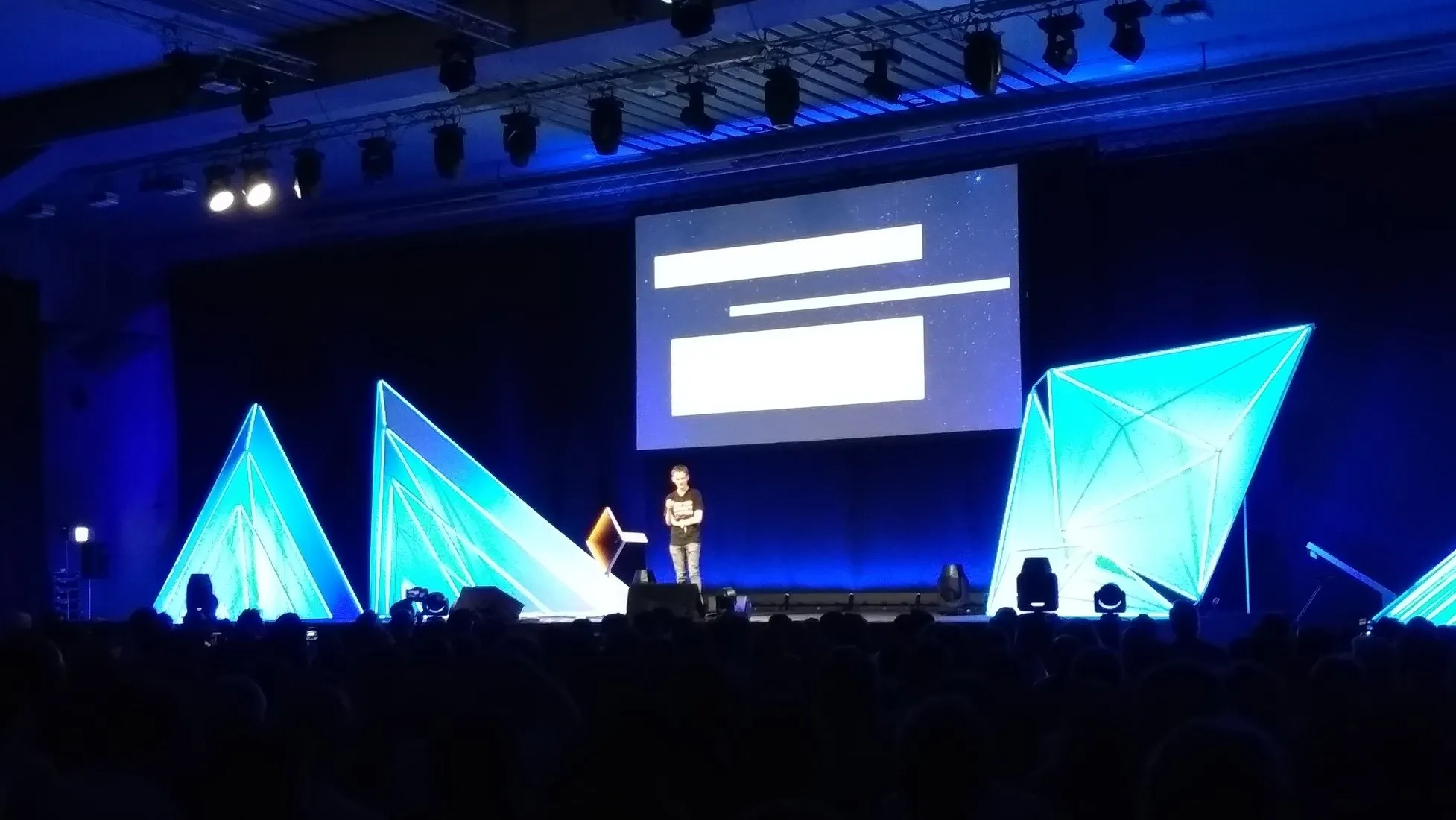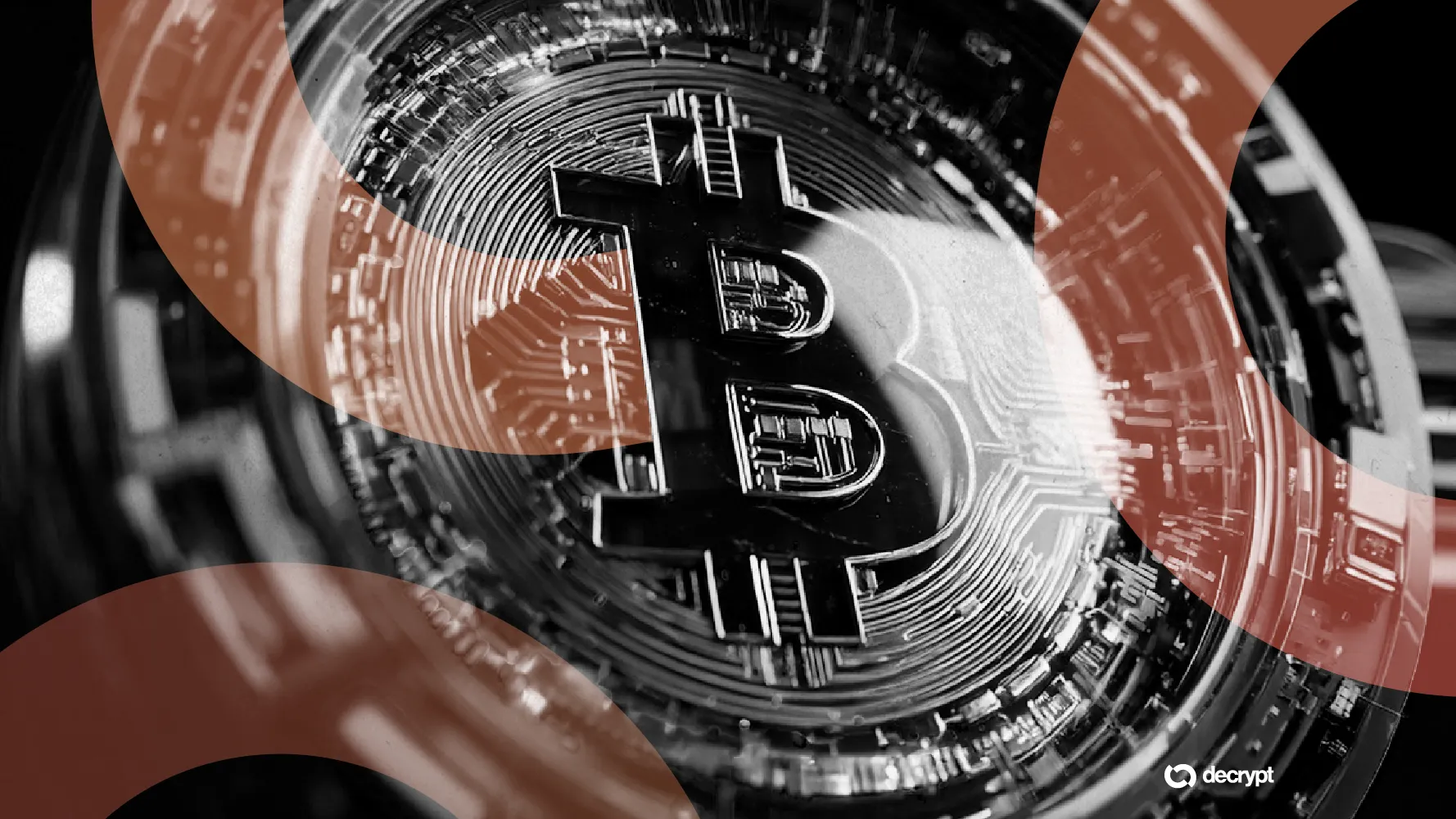In brief:
- Ethereum co-founder Vitalik Buterin said new scaling technology will help the network grow while the Ethereum network upgrades.
- ZK-rollups allow Ethereum to scale to thousands of transactions per second.
- But there are a few concerns with the technology.
Ethereum co-founder Vitalik Buterin said, on June 30, that the next major EthereumEthereum upgrade will have to lean on current scaling methods for at least a couple of years, until developers finish the multi-phase project.
On Twitter, Vitalik Buterin said that ZK-rollups may become “the dominant scaling paradigm for at least a couple of years”—until the upgrade is complete.

Ethereum 2.0 is the much anticipated evolution of the now five-year-old Ethereum blockchain. The vision for Ethereum 2.0 introduces a proof-of-stakeproof-of-stake method of blockchain governance. Proof-of-stake blockchains allow users to lock up a bunch of their coins and get paid for helping to secure the network.
Vitalik Buterin: Proof of stake will make Ethereum safer
OSAKA, Japan—Ethereum cofounder Vitalik Buterin claimed today that Ethereum will run on a more secure consensus mechanism than Bitcoin when it moves to proof of stake over the next few years. In his keynote address at Devon 5 here, he said that the new consensus mechanism will make it safer, by making attacks against the network more costly to run. Ethereum, one of the most ambitious blockchain platforms, is undergoing huge changes over the next few years that should make it scalable, and able t...
When complete, Ethereum 2.0 is expected to expand the network’s transaction speed to 100,000 transactions per second (TPS). But there will be at least a two-year delay before the new blockchain will be able to hit those numbers.
ETH2 scaling for data will be available *before* ETH2 scaling for general computation. This implies that rollups will be the dominant scaling paradigm for at least a couple of years: first ~2-3k TPS with eth1 as data layer, then ~100k TPS with eth2 (phase 1). Adjust accordingly.
— vitalik.eth (@VitalikButerin) June 30, 2020
As Buterin explained on Twitter, Ethereum 2.0’s data capacity will be upgraded before its computational power. This means it will be able to store more data—but not process far more transactions.
This is due to the outline of the Ethereum 2.0 roadmap, which will see the Ethereum you know eventually become one of 64 “shards” in Ethereum 2.0. These shards, which can be thought of as horizontal expansions, will initially be able to hold and move data. However, the process of harnessing their shared computing power to increase Ethereum 2.0’s transaction output will be a multi-year effort.
This leaves a gap, which, in the meantime, will be filled by a novel scaling solution known as ZK-rollups.
What are ZK-rollups?
ZK-rollups can work with the current Ethereum network and allow it to process more transactions. They process the transactions off the actual blockchain, and then upload them every so often. It’s a way of rapidly increasing the number of Ethereum transactions—without causing a huge bloat on the network.

Vitalik Buterin’s latest thoughts on Ethereum 2.0
Vitalik Buterin hasn’t let the coronavirus crisis and ensuing market mayhem hold up development on Ethereum 2.0—the platform’s mammoth scaling project. On Wednesday, the Ethereum cofounder tweeted his vision of what lies ahead in the next five to 10 years. Ethereum is the second biggest blockchain platform after Bitcoin, by market cap. It’s in the midst of huge changes which, over the next few years, should make it scalable, and capable of supporting many more users. This is my approximate vie...
The Loopring decentralized exchange (DEX) has successfully used this scaling method in recent months, enabling it to process far more transactions—at a lower cost. The DEX claims to be able to handle over 2,000 TPS thanks to the technology.
But there is a potential flaw to using ZK-rollups, which centers around the notion of trust. According to the Ethereum 2.0 roadmap, setting up a ZK-rollup relies on a centralized party—usually a developer. The roadmap states, “This undermines decentralization and opens the risk of social engineering hacking attacks by convincing a developer to manipulate code or provide vulnerability information.” So it’s not a perfect solution, by all means.
The roadmap also pinpoints another potential threat in the form of quantum computing. The increased computational power delivered by quantum computers would likely break the encryption used by ZK-rollups, meaning an attacker could potentially hack the blockchain. However, every blockchain shares that same weak point.

Quantum computers could crack Bitcoin by 2022
If you had a powerful enough computer, you could, theoretically, take control of the Bitcoin blockchain. You could credit your account with free Bitcoin or prevent others from making transactions. Since the private key to each wallet can be derived from a public key, you could access the Bitcoin wallet of whomever you wished. The keys to the $163 billion castle would be yours—of course, in that scenario, Bitcoin’s price would surely plummet as soon as its claims of invulnerability were found to...
ZK-rollups look like the best Ethereum scaling method in the short-term, and are already being used in Ethereum 2.0 test networks. However, over the next couple of years, any problems encountered by ZK-rollups will also be shared by Ethereum.





